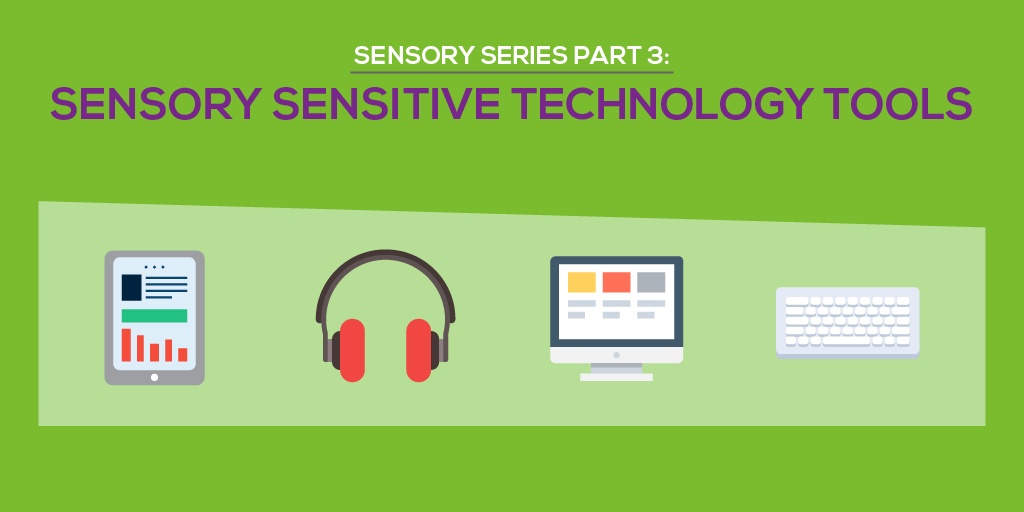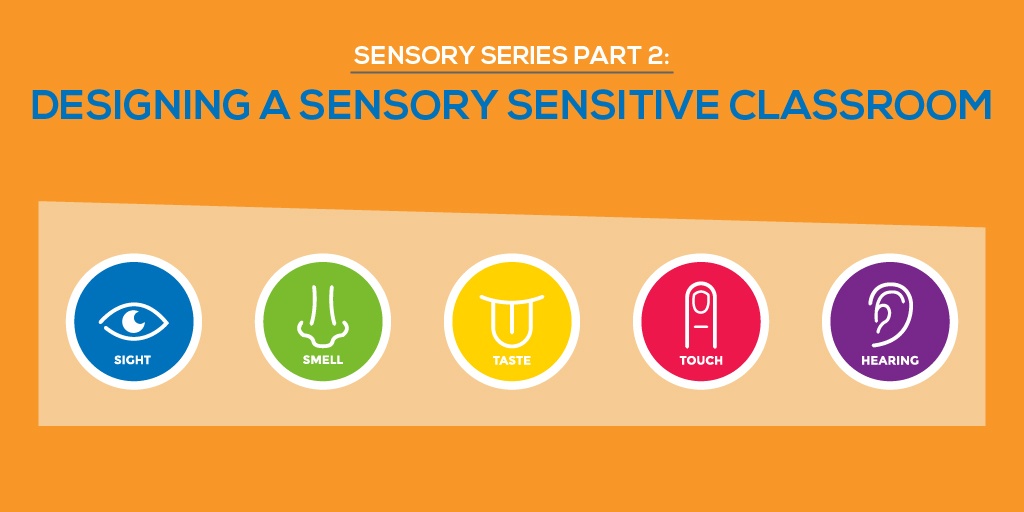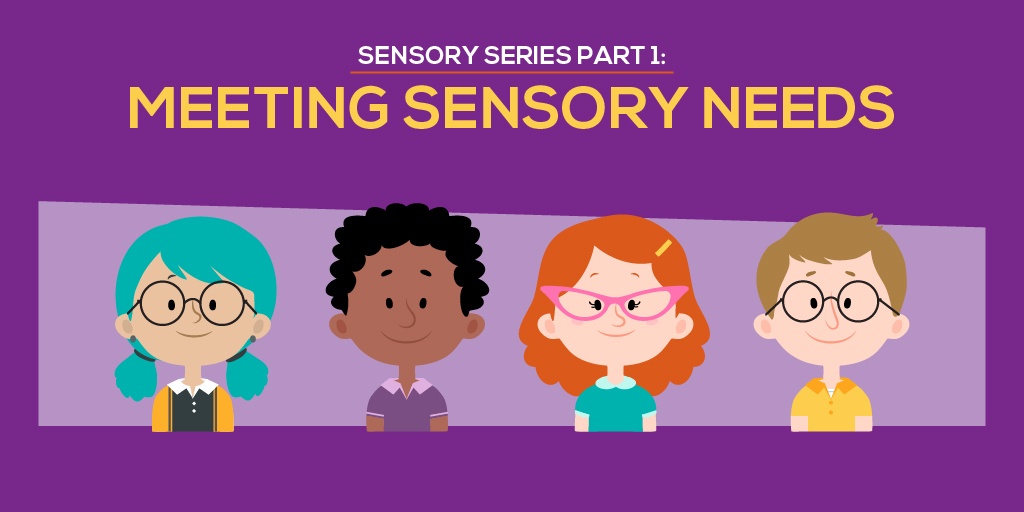In the previous two Sensory Series posts, we covered meeting the sensory needs of students and designing a sensory sensitive classroom. The final piece of the sensory puzzle is how devices can assist students in the classroom. Can technology help students with sensory issues? And can it impede their learning if we aren’t attentive to their needs?
Sensory Series Part 3: Sensory Sensitive Technology Tools
Topics: Classroom Technology, tips for teachers, Classroom Management, Sensory Needs
Sensory Series Part 2: Designing a Sensory Sensitive Classroom
In Part 1 of the Sensory Series, we discussed meeting the various sensory needs of students. The classroom environment plays a major role—and when it comes to setting up a classroom, there are already so many things to consider. Teachers have to find a spot for everyone to sit, think about the flow of the room, the space for technology, the location of the MimioBoard touch board, and where to put the Kleenex. Whew! And this doesn’t even really scratch the surface.
Topics: education industry, Classroom Management, Sensory Needs
Over the past few decades, more and more information has been unpacked around the area of sensory issues with students. Some of this has come from research about the autism spectrum, while some has come from other areas of the medical field, including allergies, processing disorders, and the like.
In a classroom, it can be difficult to not only understand all of these needs, but to also help students who have them. Teachers are not medical experts by any means, but with a little background knowledge, it can be easier to understand our students and how to help them. In our three-part Sensory Series, we’ll be exploring the different ways to approach varying sensory needs.
Topics: Administrator Resources, tips for teachers, Sensory Needs




